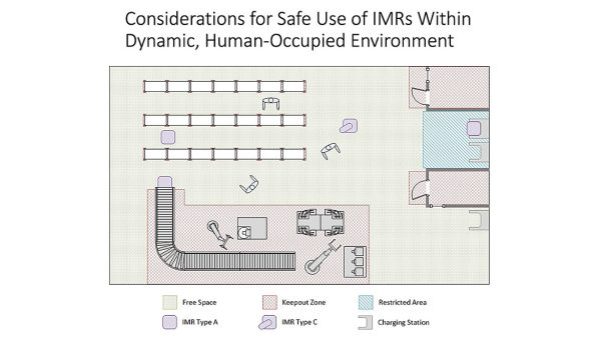Whether you’re a kid or a kid at heart, learning about science and engineering can be a lot more fun if it’s practical. You could sit around learning about motors and control theory, or you could build a robot arm and play with it. If the latter sounds like your bag of hammers, you might like Pedro 2.0.
Pedro 2.0 is a simple 3D-printable robot arm intended for STEAM education. If you’re new to that acronym, it basically refers to the combination of artistic skills with education around science, technology, engineering and mathematics.
The build relies on components that are readily available pretty much around the world—SG90 servo motors, ball bearings, and an Arduino running the show. There’s also an NRF24L01 module for wireless remote control. All the rest of the major mechanical parts can be whipped up on a 3D printer, and you don’t need a particularly special one, either. Any old FDM machine should do the job just fine if it’s calibrated properly.
If you fancy dipping your toes in the world of robot arms, this is a really easy starting point that will teach you a lot along the way. From there, you can delve into more advanced designs, or even consider constructing your own tentacles. The world really is your octopus oyster.

















